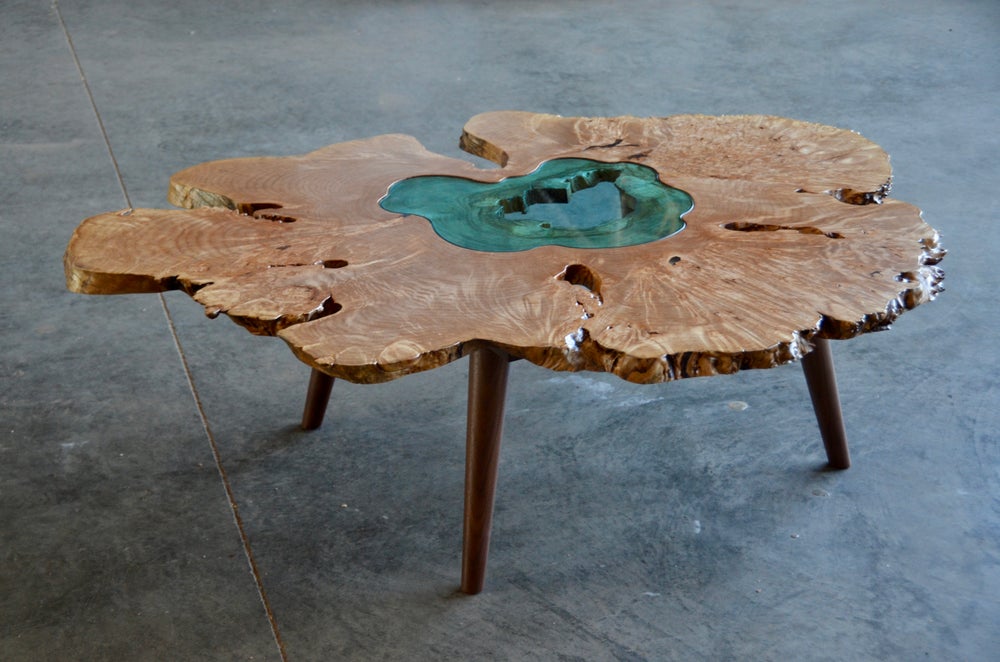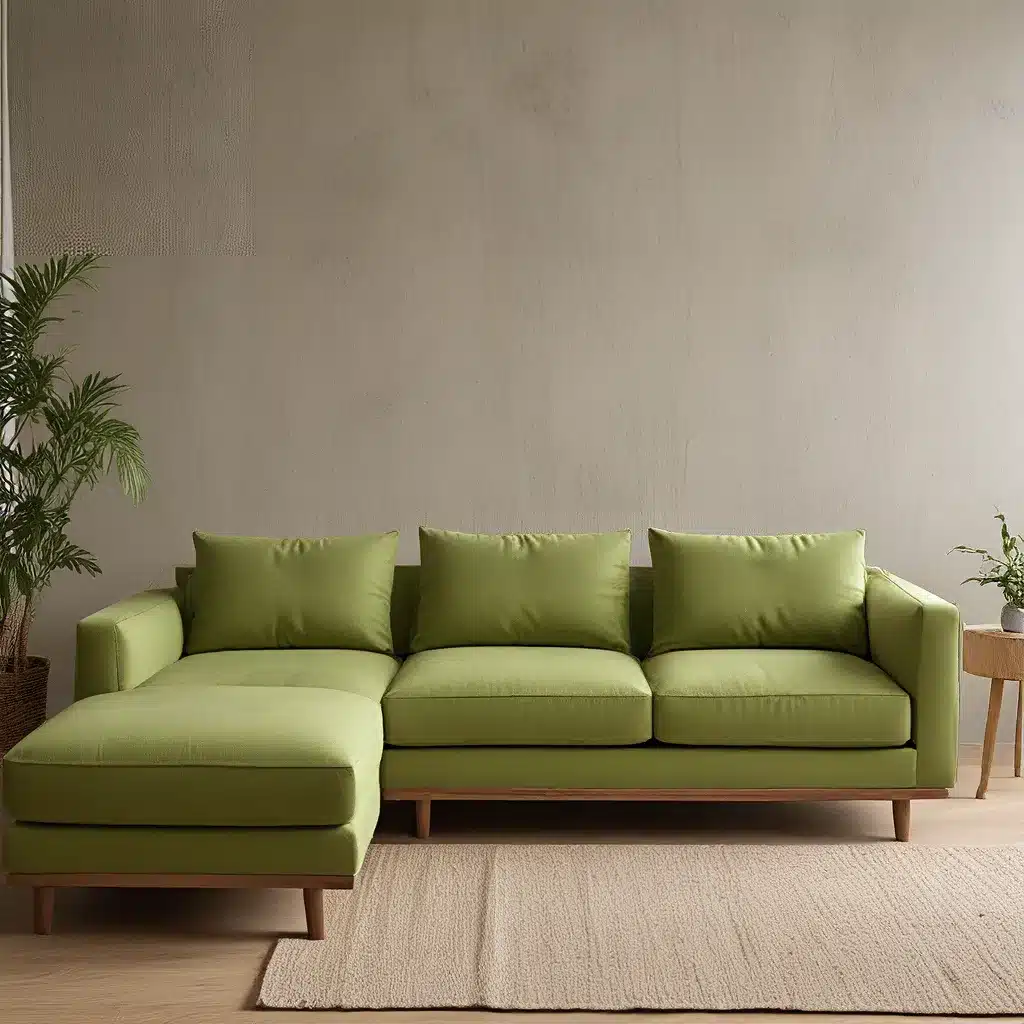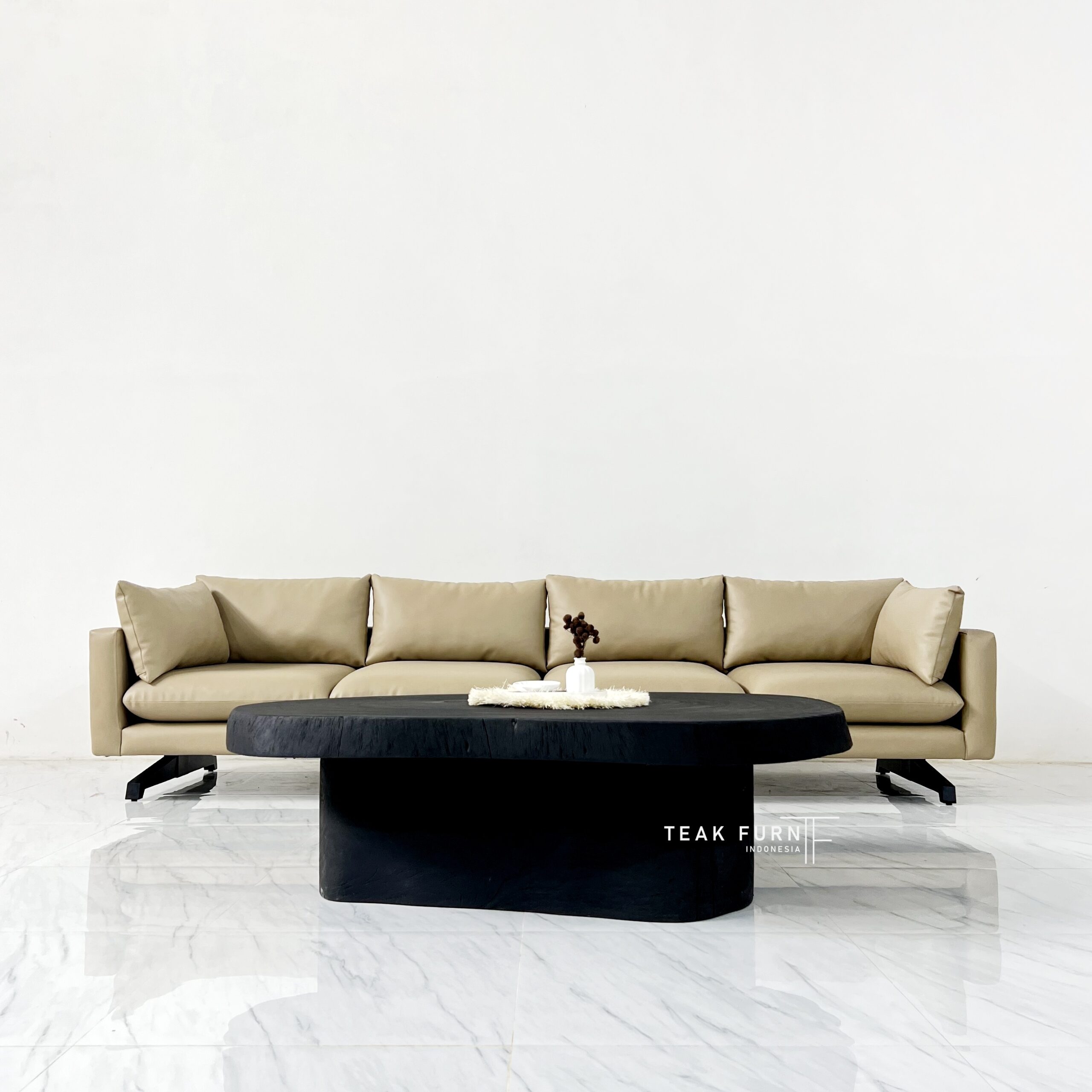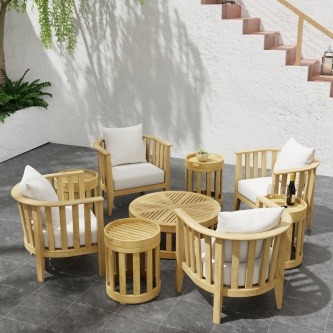
As environmental concerns take center stage in consumer decisions, eco-friendly furniture has become a popular option for homeowners who want to make sustainable choices. Eco-friendly furniture offers not only aesthetic value but also a positive contribution to the environment. By selecting furniture made from sustainable, non-toxic materials, you reduce your carbon footprint and create a healthier living space. This article explores the benefits of eco-friendly furniture, common materials used, and why it’s a smart investment for the future.
What is Eco-Friendly Furniture?
Eco-friendly furniture is designed and manufactured with the environment in mind. These pieces are made from sustainable, renewable, or recycled materials and produced through processes that minimize waste and energy consumption. Unlike conventional furniture, eco-friendly options are free from harmful chemicals like formaldehyde and toxic paints, which can negatively impact indoor air quality. As sustainability becomes more important, many furniture manufacturers are adopting green practices to create stylish, environmentally conscious products.
Why Choose Eco-Friendly Furniture?
1. Reduces Environmental Impact
One of the key reasons to choose eco-friendly furniture is its positive impact on the environment. Traditional furniture often uses materials that contribute to deforestation, pollution, and excessive energy consumption during manufacturing. Eco-friendly furniture, however, uses sustainable materials such as FSC-certified wood, bamboo, and recycled components, which have a lower environmental footprint. By choosing these options, you contribute to reducing resource depletion, pollution, and carbon emissions.
2. Improves Indoor Air Quality
Furniture made from conventional materials often contains harmful chemicals such as formaldehyde and volatile organic compounds (VOCs), which are released into the air. These chemicals can lead to poor indoor air quality and health problems like headaches, dizziness, and respiratory issues. Eco-friendly furniture is made with non-toxic finishes and natural materials, reducing harmful emissions and improving air quality in your home.
3. Promotes Healthier Living
Eco-friendly furniture isn’t just better for the planet; it’s better for your health too. Many sustainable furniture options use natural fibers such as organic cotton, wool, and linen, which are free from harmful pesticides and chemicals. These materials are gentler on the skin and contribute to a healthier indoor environment. Additionally, eco-friendly furniture often features low-VOC paints and finishes, which are safer for your family and pets.
4. Durability and Longevity
Eco-friendly furniture is typically built with high-quality materials that are designed to last longer. Unlike mass-produced furniture that may wear out or break after a few years, sustainable furniture is made to be more durable and long-lasting. This reduces the need for frequent replacements, ultimately reducing waste and saving money in the long run.
5. Supports Sustainable Practices
By choosing eco-friendly furniture, you support companies and manufacturers that prioritize sustainability. Many brands focus on ethical sourcing, using materials that are responsibly harvested and produced through environmentally friendly methods. Your investment in sustainable furniture encourages businesses to adopt more sustainable practices, which can have a positive impact on the industry as a whole.
Common Materials Used in Eco-Friendly Furniture
Eco-friendly furniture is made from a variety of materials that are both sustainable and environmentally friendly. Some of the most popular materials include:
1. FSC-Certified Wood

FSC-certified wood comes from forests that are managed sustainably, ensuring that trees are harvested responsibly and biodiversity is preserved. This makes FSC-certified wood an excellent choice for eco-friendly furniture.
2. Bamboo
Bamboo is a fast-growing, renewable resource that requires minimal water and pesticides. It is also incredibly strong and durable, making it an ideal material for furniture. Bamboo is biodegradable and has a significantly lower environmental impact than traditional hardwood.
3. Recycled Materials

Furniture made from recycled materials, such as reclaimed wood, plastic, and metal, helps reduce waste and gives new life to materials that would otherwise end up in landfills. Using recycled materials reduces the need for virgin resources and lowers the carbon footprint of production.
4. Natural Fabrics

Eco-friendly furniture often uses natural fabrics like organic cotton, wool, and linen, which are grown without harmful chemicals or pesticides. These materials are biodegradable, breathable, and healthier for both the environment and your health.
Conclusion
Eco-friendly furniture is more than just a trend; it’s an important step toward a sustainable future. By choosing furniture made from sustainable, non-toxic materials, you reduce your environmental impact, improve air quality, and create a healthier living space. Whether you’re furnishing a new home or upgrading your current one, eco-friendly furniture is a smart, stylish, and responsible choice. With a growing variety of sustainable options available, it’s easier than ever to make environmentally friendly decisions when it comes to home decor.



